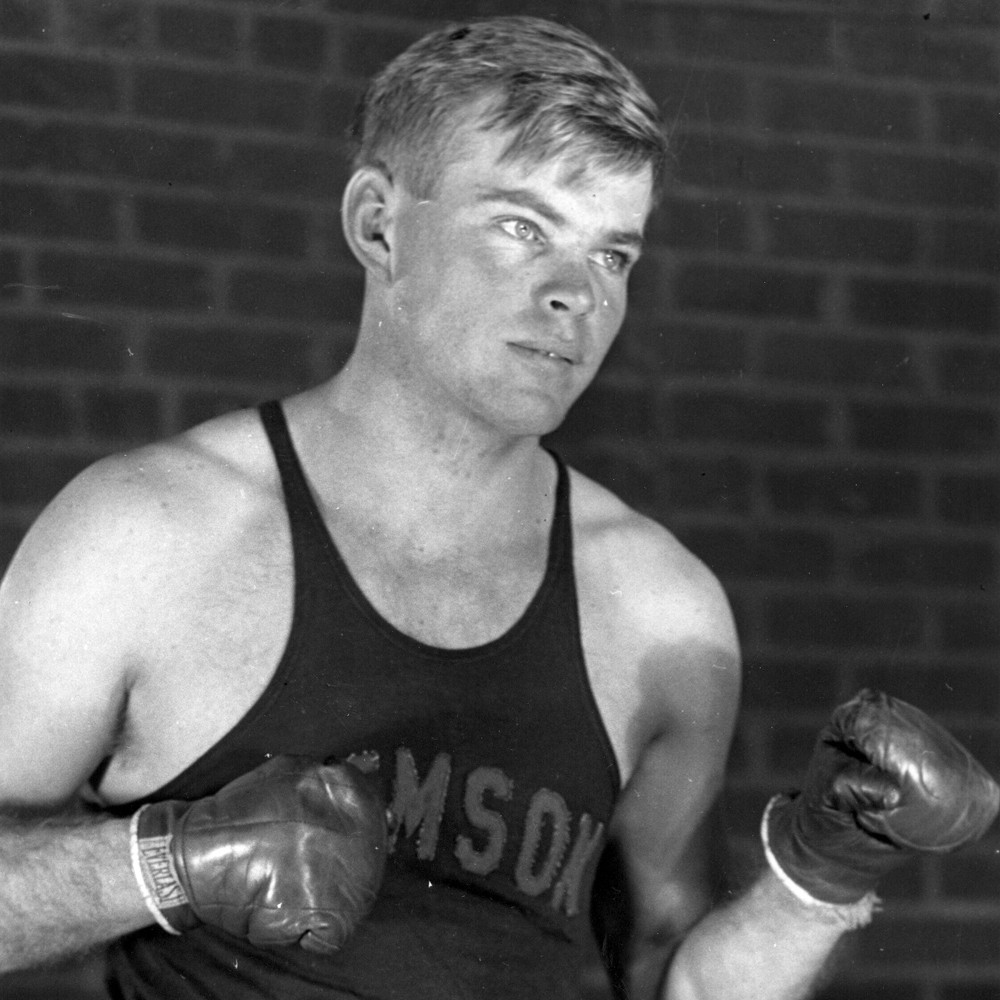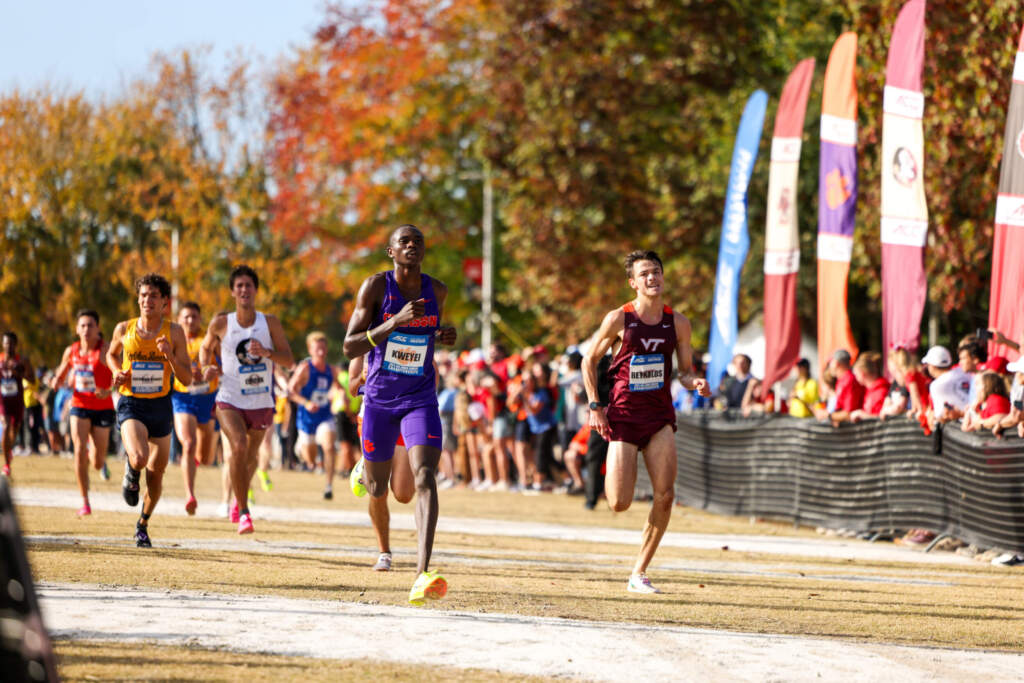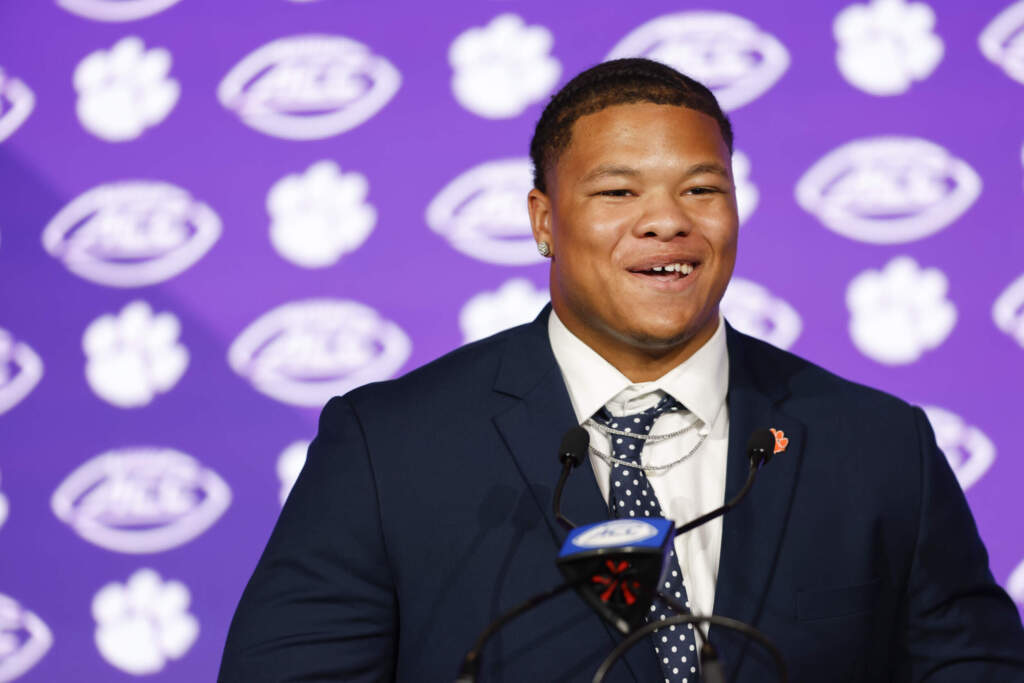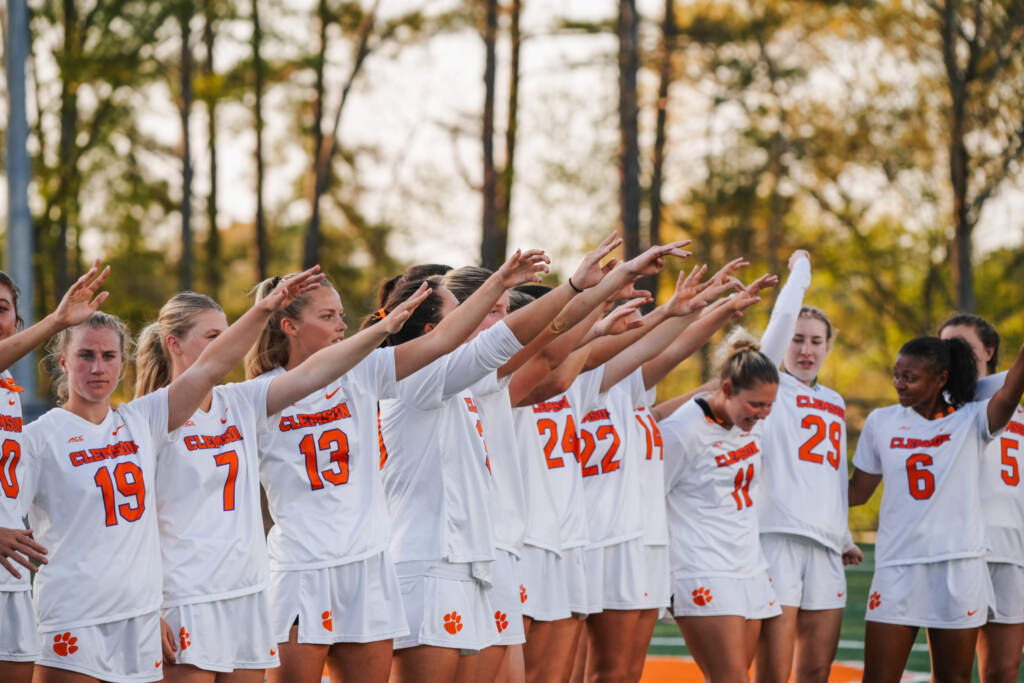By Sam Blackman
With the 75th anniversary of the January 1, 1940 Cotton Bowl approaching a question that arises is where would Clemson be without that appearance?Would the school be any different then it is now? Would Coach Jess Neely have left Clemson? Would Frank Howard been the head coach at Clemson? Would Memorial Stadium have been built? Would Clemson been able to join the Atlantic Coast Conference? Would the Atlantic Coast Conference been formed if Howard was not the head coach at Clemson? There are so many questions, and so many questions that may never be answered. But the fact remains that Clemson did go to the 1940 Cotton Bowl and play Boston College and the publicity, recognition, and prestige that Clemson received from this appearance was invaluable. Clemson will probably never know just how important this bowl game was for the school. It brought the national spotlight of college football to Clemson.At the time, Clemson was an all-male military school. Once enrolled, a person was automatically a member of the ROTC. At this particular time, world events were uncertain and volatile. Clemson was enjoying great success in sports during the calendar year of 1939. The campus had a few new buildings, the great depression although not over, was starting to come to a close. Athletics has always served to get people’s mind off of troubles and this banner year at Clemson probably did the same for the cadets in 1939.The troubles in Europe seemed so far away. The rigors of being a cadet and going through school was worry enough for the typical Clemson student. But this particular year of 1939 was a great one for Clemson Athletics. On March 4, 1939, Clemson won the Southern Conference Swimming Championship led by P.B. Holtzendorff III, and the McKnight brothers, Ben and John. That same day the Tiger basketball team won the Southern Conference basketball championship behind All-American Banks McFadden. Both accomplishments were complete surprises and were done by complete determination and hard work. In the fall of 1939 it was the football team’s chance to shine with McFadden leading the way as tailback in the single wing offense. In the previous season, the Tigers were close to winning the Southern Conference football championship, but 1939 was Clemson’s year. The Tigers lost the second game of the season to a powerful Tulane squad 7-6 but reeled off seven straight wins to finish the regular season 8-1 and then the Tigers received an invitation to play in the 1940 Cotton Bowl against 11th-ranked Boston College.Clemson had a version of its own “12th man” story when it comes to football surrounding this game, very similar to Texas A&M’s. Clemson’s version involves a boxer that played some football at Clemson as well. Clemson boxing star, Warren Wilson, was participating in the Sugar Bowl Boxing Tournament in New Orleans in late December of 1939. The Tigers’ heavy weight received a telegram from Coach Neely and the staff to go from there to Dallas, TX, where the Tigers were going to play in the Cotton Bowl on January 1, 1940. The telegram said, “Warren come to Dallas, Boston College is big in the line and we may need you.” Although not on the varsity football roster and having played for Clemson earlier, he took a train to Dallas, TX, and was ready to play in the Cotton Bowl if Clemson needed him. It is not known if he played in the game, but he was ready to do his part if the Tigers did need him to play. This is very similar to the 12th-man story at Texas A&M. Former World Heavyweight Champion and boxing great Jack Dempsey once wrote Wilson and said that “he would be the next heavyweight champion of the world, as no one hit harder than he did.” Wilson trained to be a heavyweight prize fighter but because of World War II and an accident he was involved in prior to the war, his dream was never realized.On game day, The Tigers suddenly found themselves—a group of players from small-town environments, playing big-time football. Of the 11 starters, 10 were from the state of South Carolina. Neely rewarded the team for its efforts by taking all 51 players to Dallas for the game with Boston College. The trip was made by a long train ride. It was a cool day in Dallas, TX on January 1, 1940. The high temperature that day was 49 degrees. On the last play of the first quarter, Bru Trexler punted to Boston College’s Charlie O’Rourke, who fielded the punt on the Clemson 40 and returned it to the 13. Two running plays lost 10 yards, but on third down Frank Davis gained six. Alex Lukachik then kicked a 34-yard field goal to put the Eagles up, 3-0.Clemson’s scoring drive began in the second quarter when McFadden returned an Eagle punt to the 33. Charlie Timmons rushed for 15 yards in two plays, and two plays after that, McFadden hit Wister Jackson with a 16-yard pass to the Eagle 20. Timmons ran the final 20 yards in three carries, but Shad Bryant missed the extra point. Later in the period, a 51-yard punt by McFadden started Boston College at its 20. The Eagles fumbled on first down and Clemson’s George Fritts recovered at the 24. The Tigers could do nothing with the gift, however, as Joe Blalock fumbled after a short pass.The game turned into a defensive struggle in the second half, although Boston College did penetrate deep into Clemson territory on two occasions. The Eagles took the opening kickoff to the Clemson 19, but a holding penalty and an incomplete pass ended the threat and BC was forced to punt.Late in the game, the Eagles drove to the Clemson 11, but Bryant and McFadden each broke up two passes and Clemson took over on downs.McFadden effectively bottled up the Eagles other than those drives with his punting. His 44-yard average on nine kicks, including two boots for 51 and 55 yards in the second half, prevented Boston College from getting good field position, and the Clemson defense made the 6-3 score stand.Timmons led Clemson with 115 yards on 27 carries. Defensively, McFadden, who averaged 43 yards per punt on the day as well, reportedly went sideline-to-sideline knocking down Charlie O’Rourke’s passes.The Eagles finished the afternoon completing only four of 23 passes, with one interception. As a whole, Boston College netted only 102 yards of total offense. But most importantly, Clemson was victorious. “Clemson is every bit as good as they were cracked up to be,” Boston College Coach Frank Leahy told reporters after the game. “We lost to a great team, one of the best I have ever seen. I have the satisfaction of knowing that while we were beaten, the game wasn’t lost on a fluke.”Although it will soon be 75 years since that 1940 Cotton Bowl game, the impact that contest had on Clemson and its athletic traditions and fortunes are still evident today.
 Syracuse
Syracuse 
 Virginia
Virginia 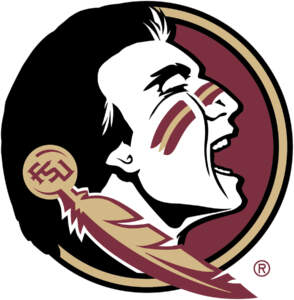 Florida State
Florida State  Wake Forest
Wake Forest 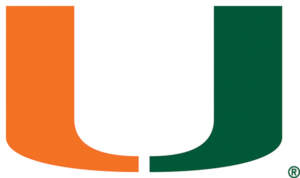 Miami (Fla.)
Miami (Fla.) 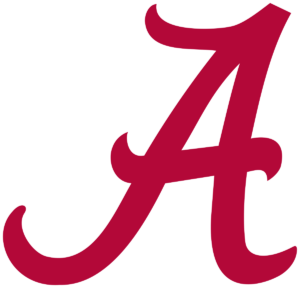 Alabama
Alabama  Tennessee
Tennessee 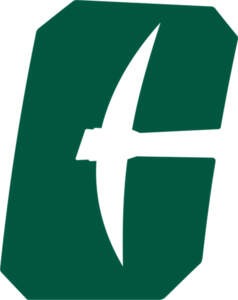 Charlotte
Charlotte  USC Upstate
USC Upstate 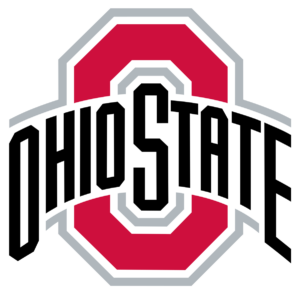 Ohio State
Ohio State  Georgia State`
Georgia State` 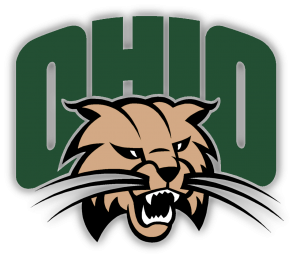 Ohio University
Ohio University  Virginia Tech
Virginia Tech  Indiana
Indiana  Tiger Classic
Tiger Classic 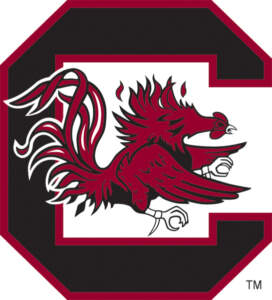 South Carolina
South Carolina 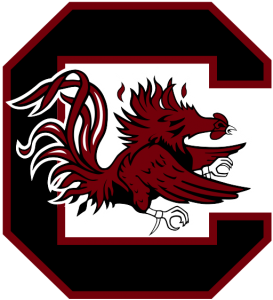 South Carolina
South Carolina 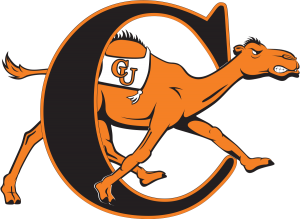 Campbell
Campbell 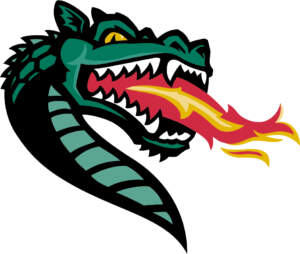 UAB
UAB  East Tennessee State
East Tennessee State  LSU
LSU 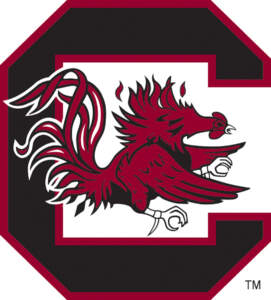 South Carolina
South Carolina  App State
App State 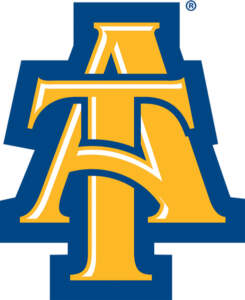 North Carolina A&T
North Carolina A&T 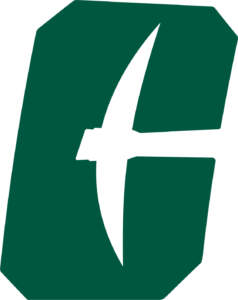 Charlotte
Charlotte 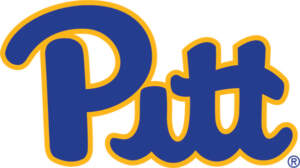 Pittsburgh
Pittsburgh 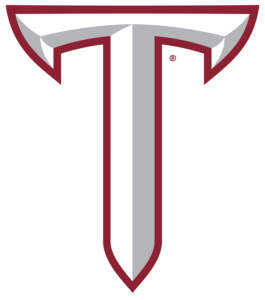 Troy
Troy  Georgia
Georgia  Cougar Classic
Cougar Classic 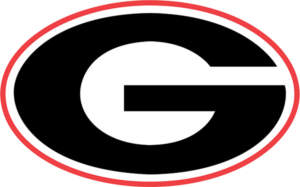 Georgia
Georgia  VCU
VCU 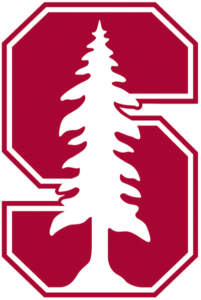 Stanford
Stanford  Elon
Elon 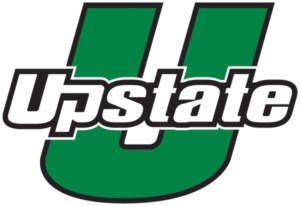 USC Upstate
USC Upstate 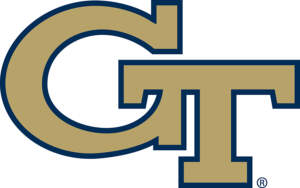 Georgia Tech
Georgia Tech  Wofford
Wofford  SMU
SMU  California
California  Queens
Queens  Georgetown
Georgetown 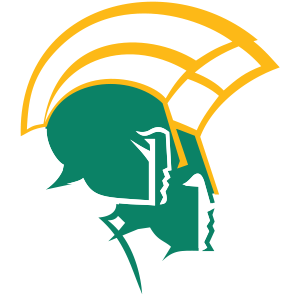 Norfolk State
Norfolk State 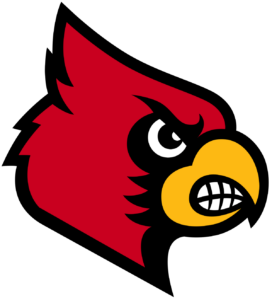 Louisville
Louisville  Charleston Southern
Charleston Southern  Mason Rudolph Championship
Mason Rudolph Championship 

